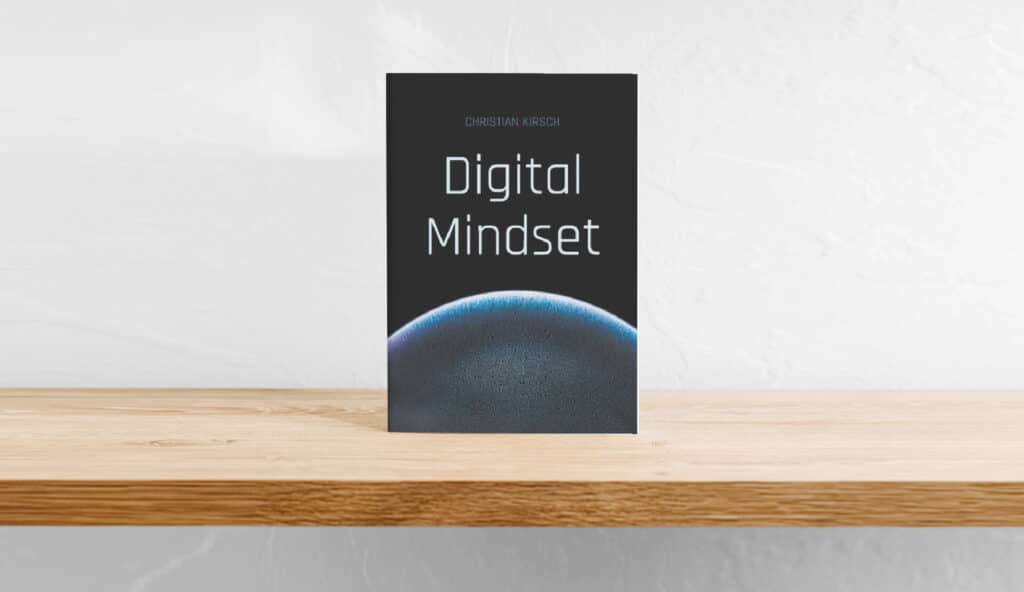The Internet of Things, or IoT for short, is a term that is cropping up more and more frequently in the digital world. But what does it actually mean and how is it changing the way we live and work? In this blog post, we explain what IoT is, how it works and what benefits it offers.
What is IoT?
IoT stands for Internet of Things. This refers to the networking of physical objects with the internet. These objects can be sensors, actuators, cameras, microphones, loudspeakers, lighting, heating, refrigerators, cars, door locks, wristwatches, thermostats or many other things. These objects are connected to the Internet, either directly or via a gateway, and can send and receive data. This allows them to provide information about their status, environment or activities, but also to receive and execute instructions.
How does IoT work?
IoT is based on four fundamental elements: things, connectivity, the cloud and applications. Things are the physical objects that are connected to the internet. Connectivity is the ability to transmit data, either via Wi-Fi, Bluetooth, cellular, LoRaWAN or other technologies. The cloud is the place where the data is stored, processed and analyzed, either on a server or in a distributed architecture. The applications are the programs that use the data to provide functions, services or insights, either on a smartphone, tablet, computer or other device.
What advantages does IoT offer?
IoT offers many advantages for various areas, such as:
- Industry: IoT enables the optimization of production processes, the monitoring of machines, the prediction of maintenance requirements, the improvement of quality and safety, the reduction of costs and emissions and the creation of new business models.
- Health: IoT enables remote patient monitoring, personalized medicine, improving diagnosis and therapy, reducing errors and risks, increasing efficiency and comfort, and promoting prevention and wellness.
- Smart Home: IoT makes it possible to control household appliances, adjust lighting and temperature, increase security and comfort, reduce energy consumption and costs and integrate voice assistants and other services.
- Smart City: IoT enables the improvement of traffic, parking, lighting, waste, energy, water, air quality, safety, education, culture and social participation.
- Agriculture: IoT enables the monitoring of soil, plants, animals, weather, pests, diseases, harvest, storage and transport, the optimization of irrigation, fertilization, pesticides, yield and quality, the reduction of resource consumption and environmental impact and the increase of transparency and sustainability.
As you can see, IoT is an exciting and diverse technology that can improve our lives and work in many areas. If you would like to find out more about how you can use IoT for your company or organization, download our free eBook "Digital Mindset". In it you will find many tips on how to successfully shape your digital transformation.
https://passion4it.de/buch-digital-mindset/#book




